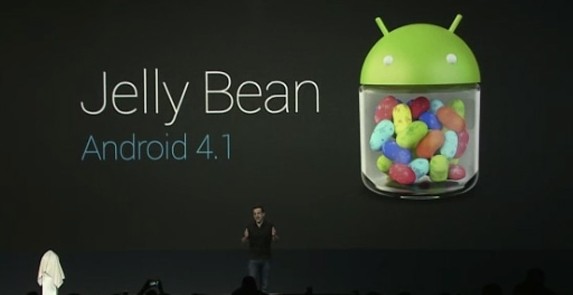Google has unveiled the successor to Android 4.0 Ice Cream Sandwich at their annual Google I/O Conference. Android 4.1 Jelly Bean arrives just eight months after ICS was released despite the fact that a large number of Android devices still haven't received the 4.0 update.
Engadget was on hand for the event, noting that Jelly Bean isn't as big of a revolutionary step as moving from Gingerbread to ICS, but there are some pretty significant changes that Android users can look forward to. The most important of these is Project Butter, an initiative to improve the overall speed and performance of the mobile operating system.

Jelly Bean with Project Butter makes the entire user interface fast and fluid. The system uses triple buffering in the graphics pipeline to maintain consistent frame rates, according to The Verge. Furthermore, the CPU will ramp up to full power the instant a touch command is detected to avoid lag that typically occurs when a processor is in low power mode.
Two Galaxy Nexus handsets were compared side-by-side, one running Ice Cream Sandwich with Jelly Bean on the other. The latter offered significantly higher frame rates when cruising through the UI. This is because Jelly Bean operates at 60 frames per second system-wide.
Other new features include Offline Voice Typing which no longer requires an Internet connection and Google Now integration. Google Now can accomplish a number of tasks such as keeping you up to date with your favorite sports team, learning the route you take to work and checking on the status of traffic as well as providing information about public transit whenever you are close to a terminal. There's also a new keyboard that uses SwiftKey-like prediction to speed up typing.
Google will make Jelly Bean available for the Motorola Xoom, Galaxy Nexus and Nexus S in mid-July. No word yet on when the OS will reach other Android handsets.